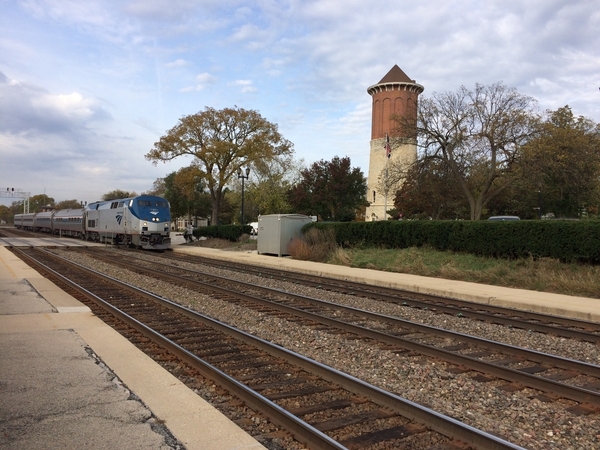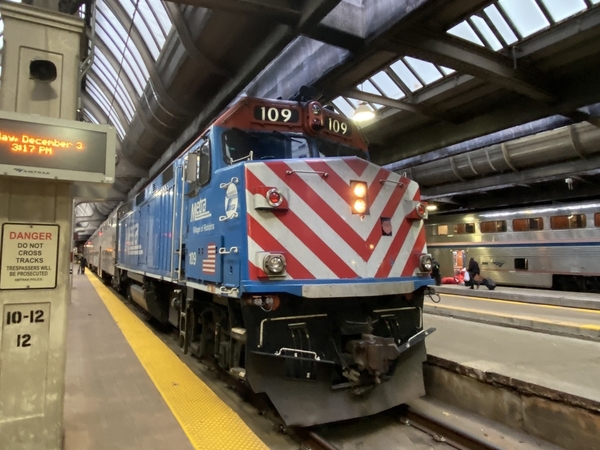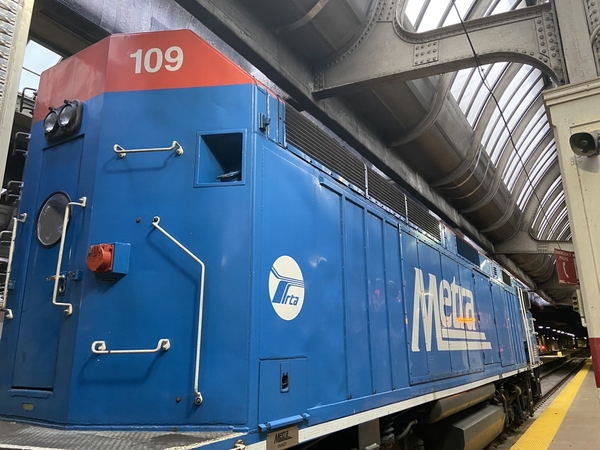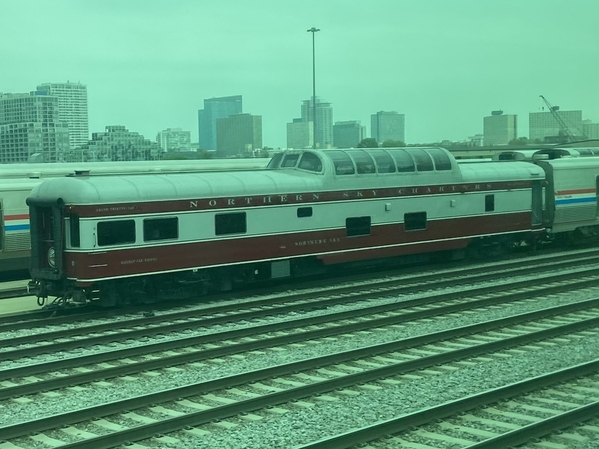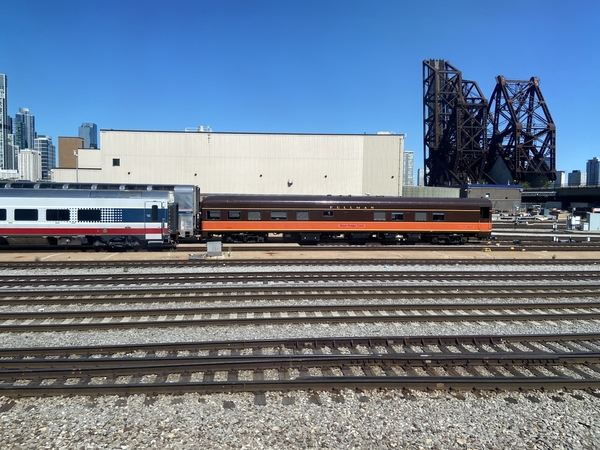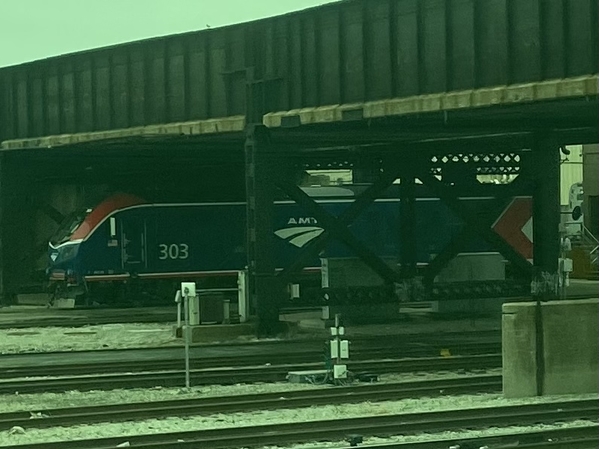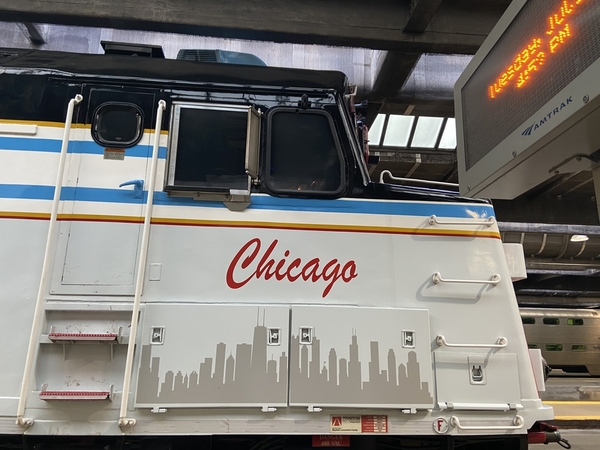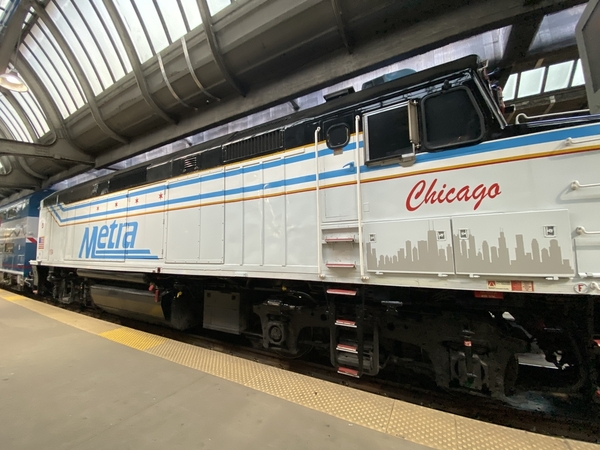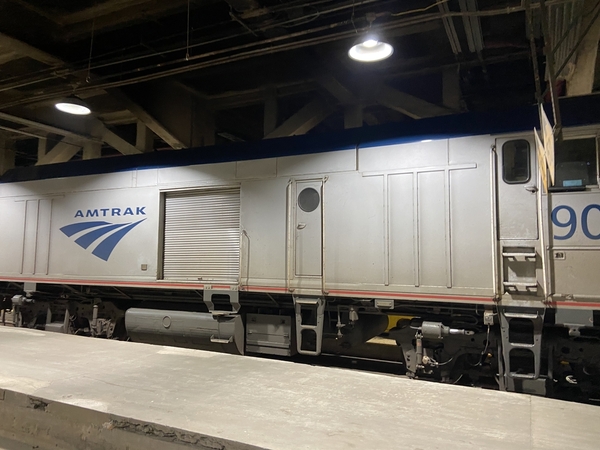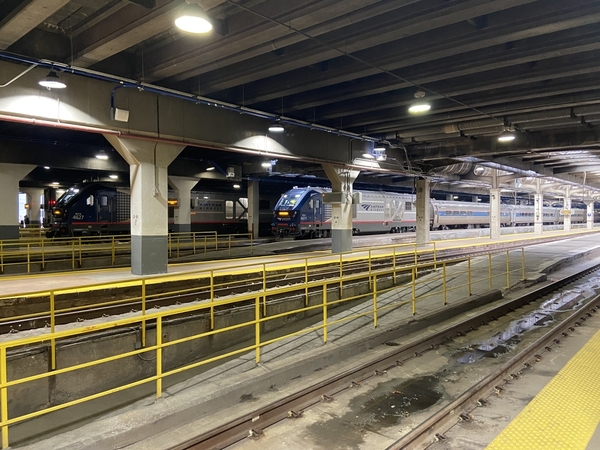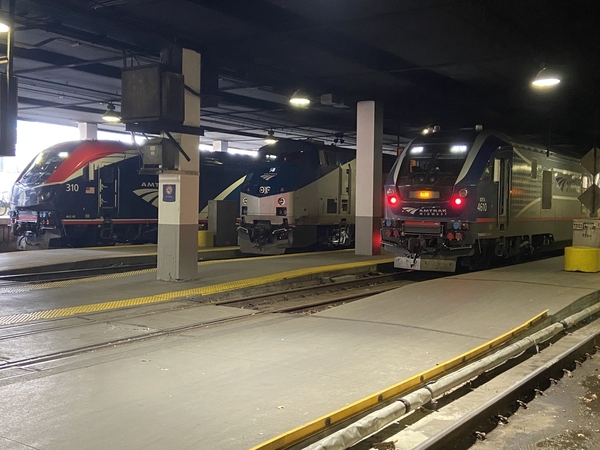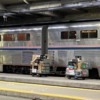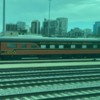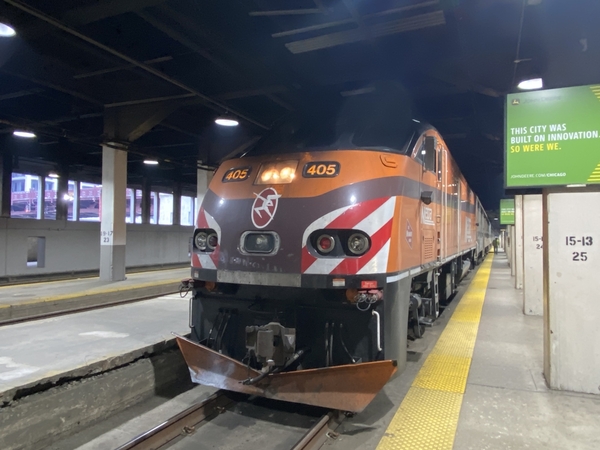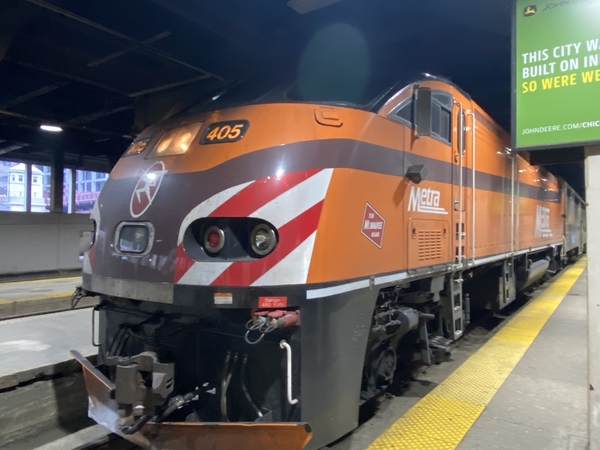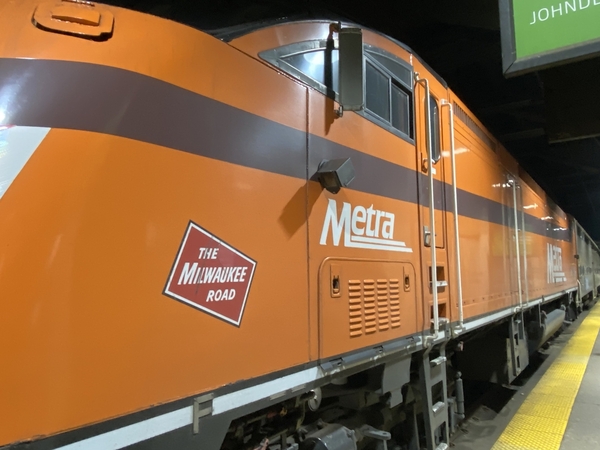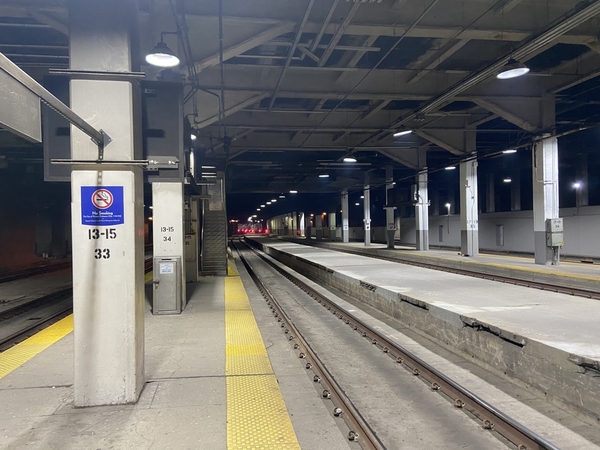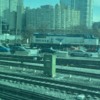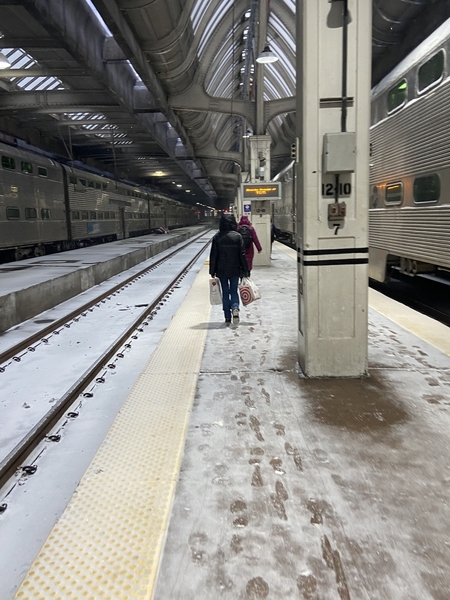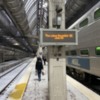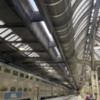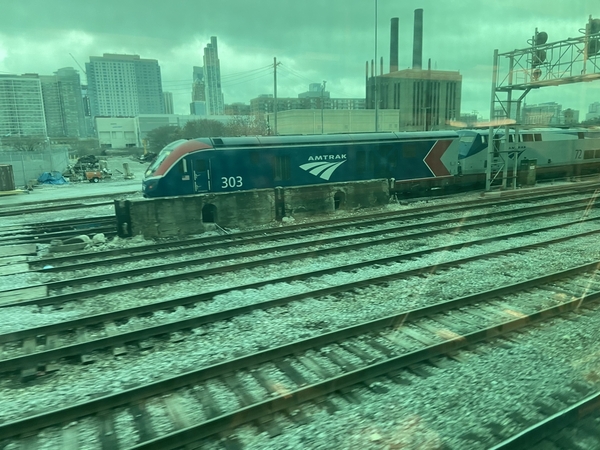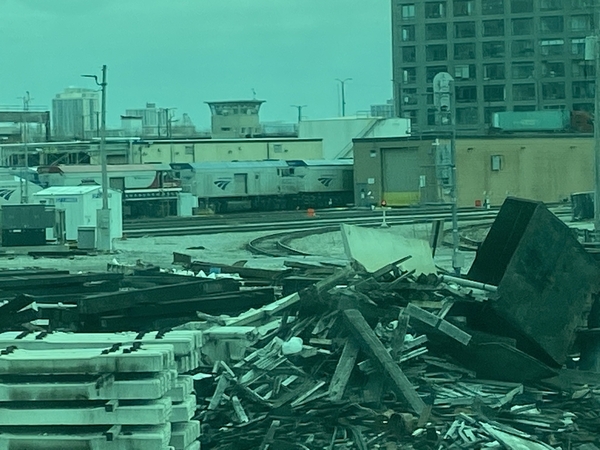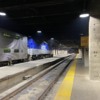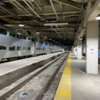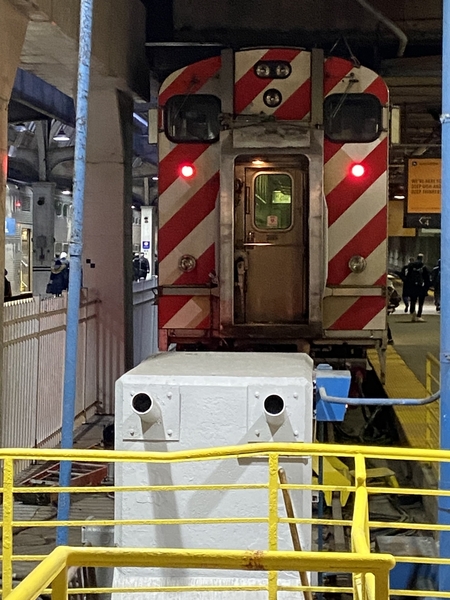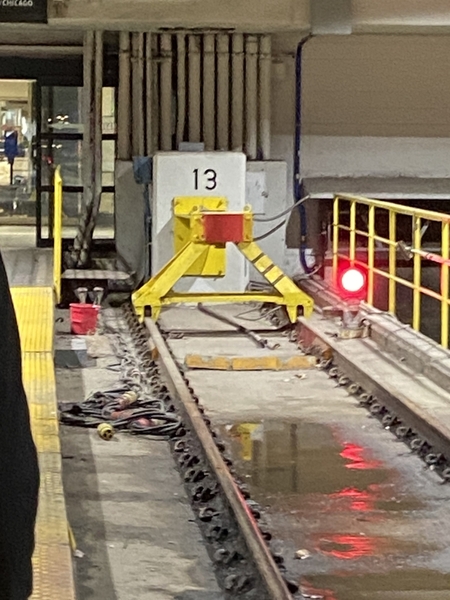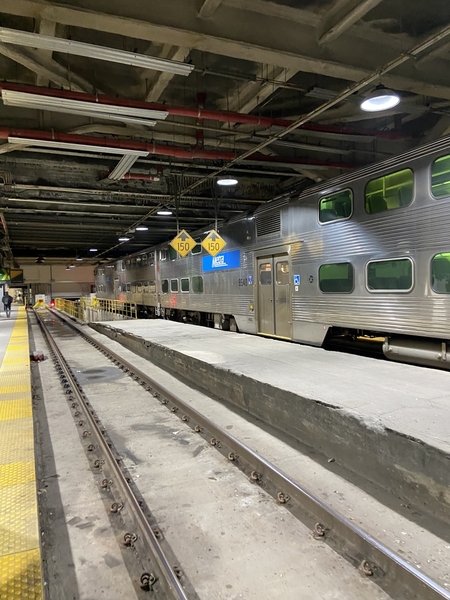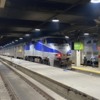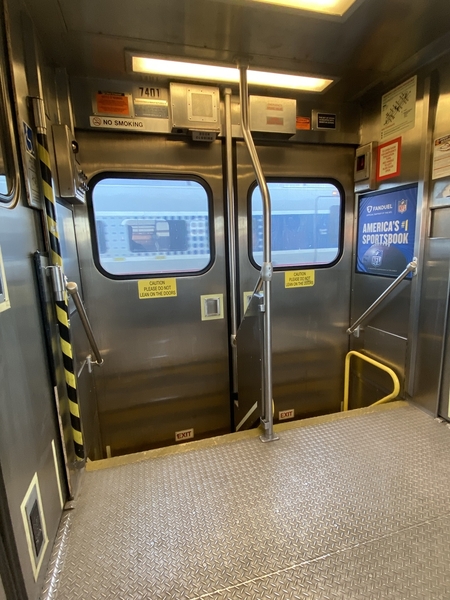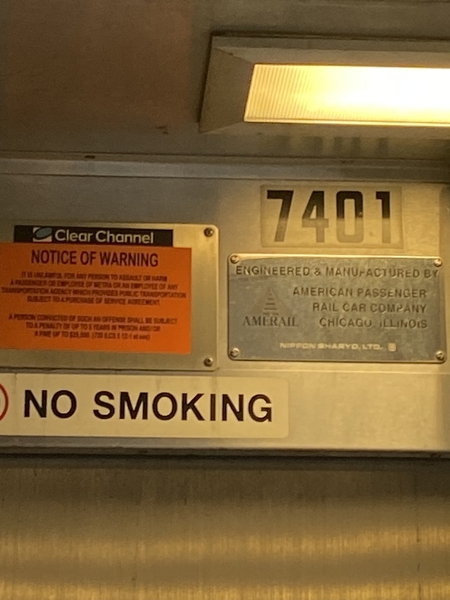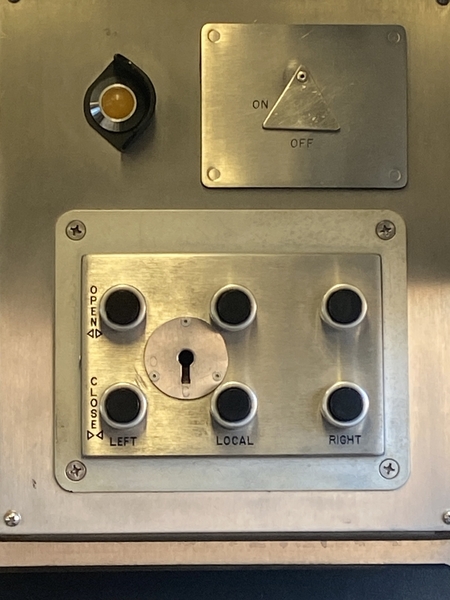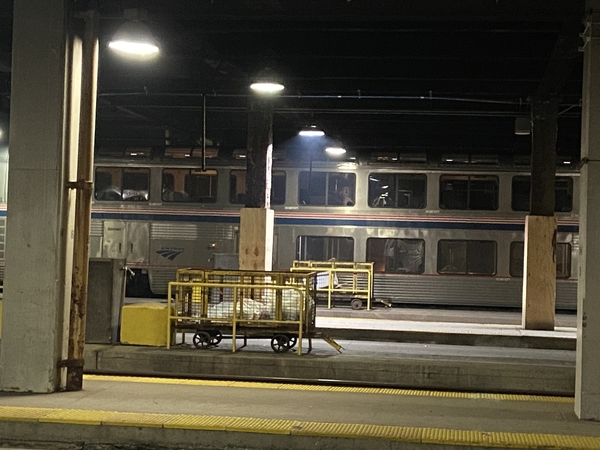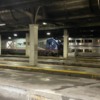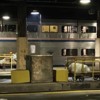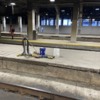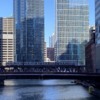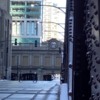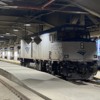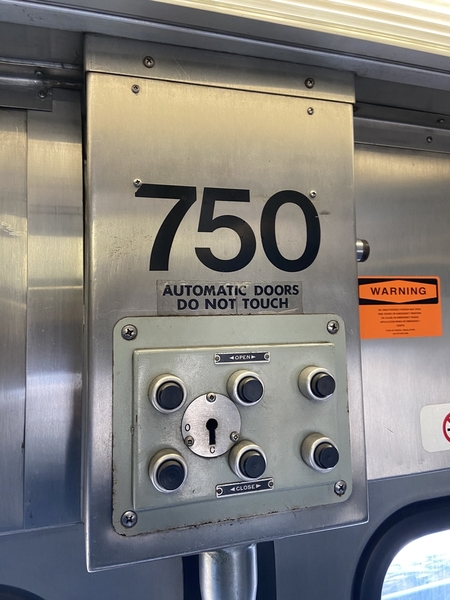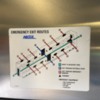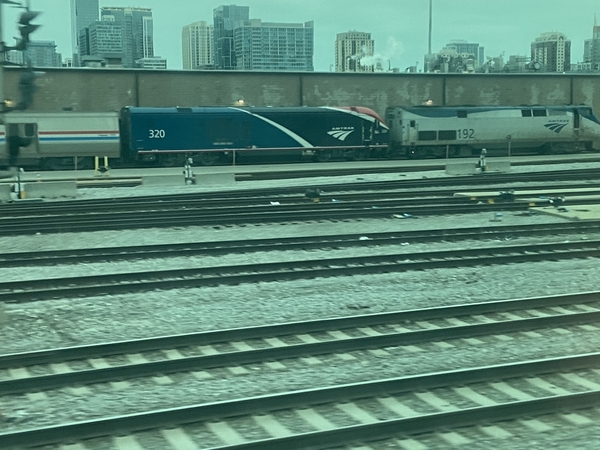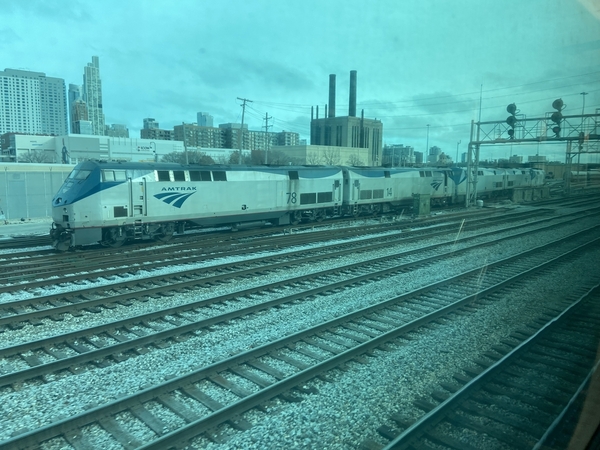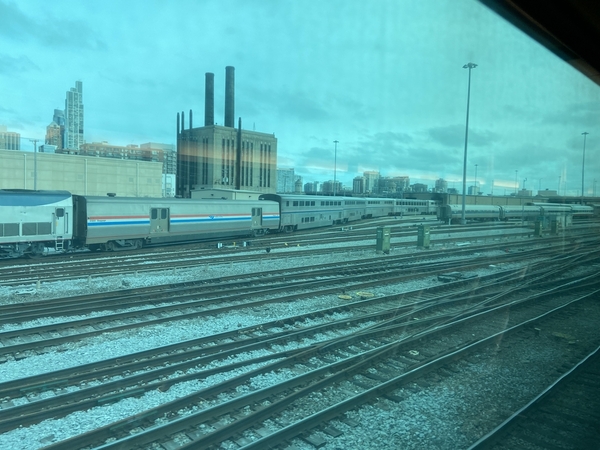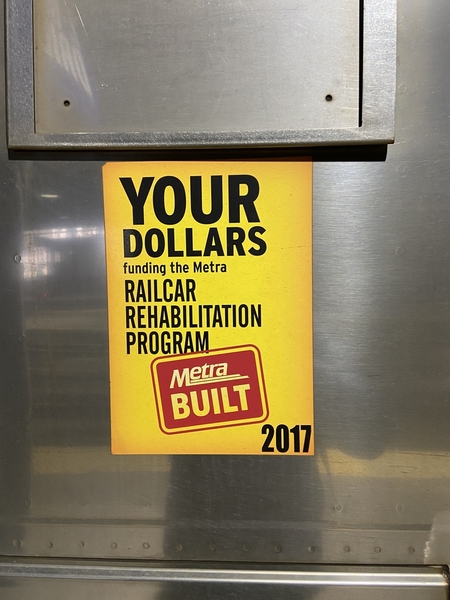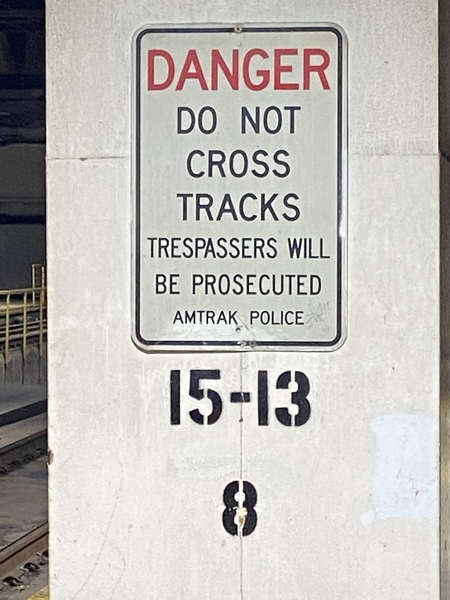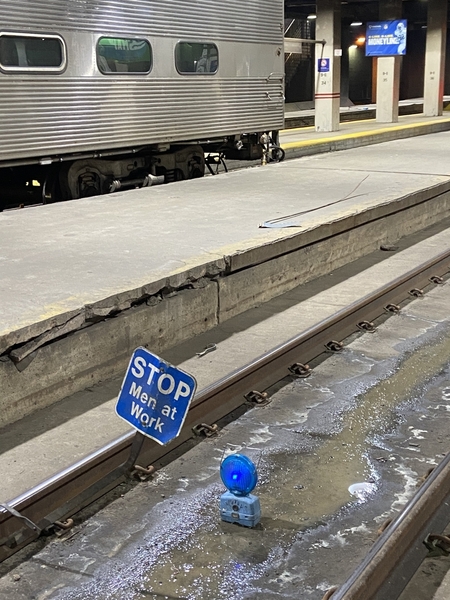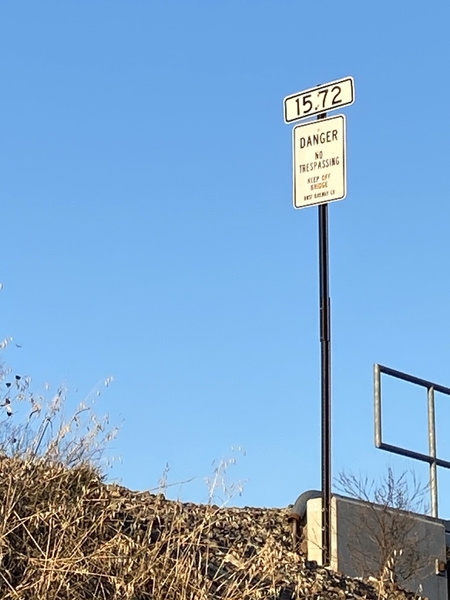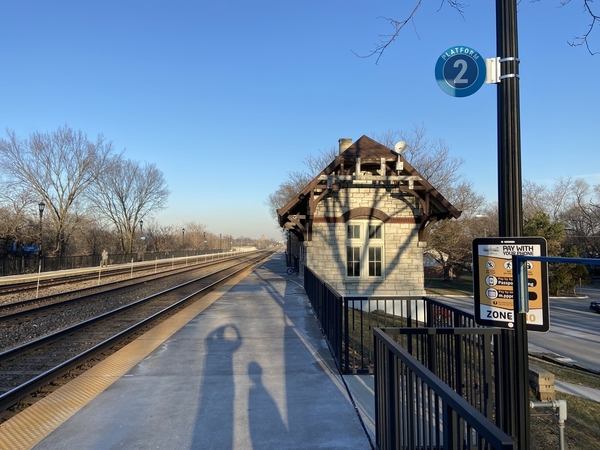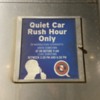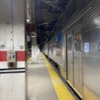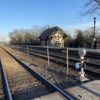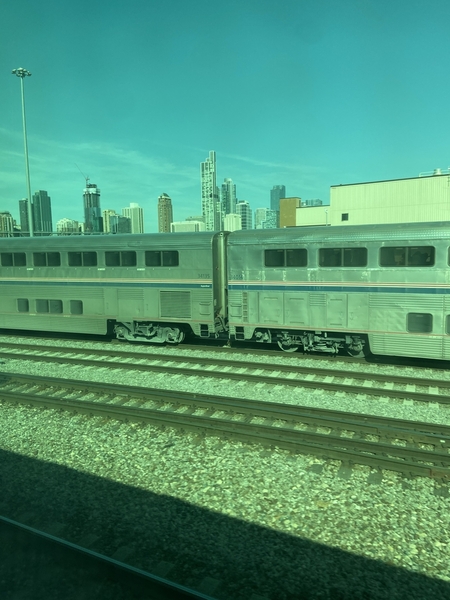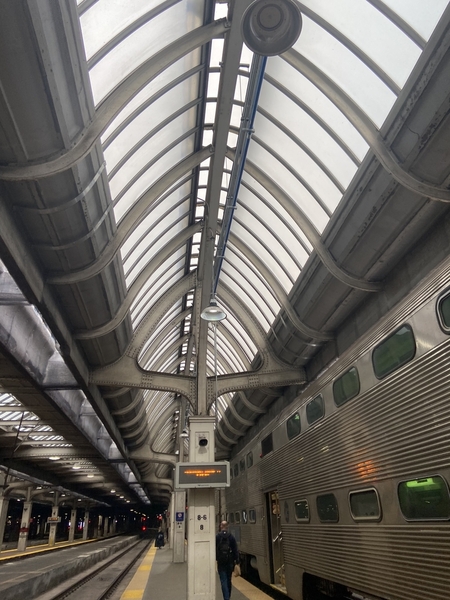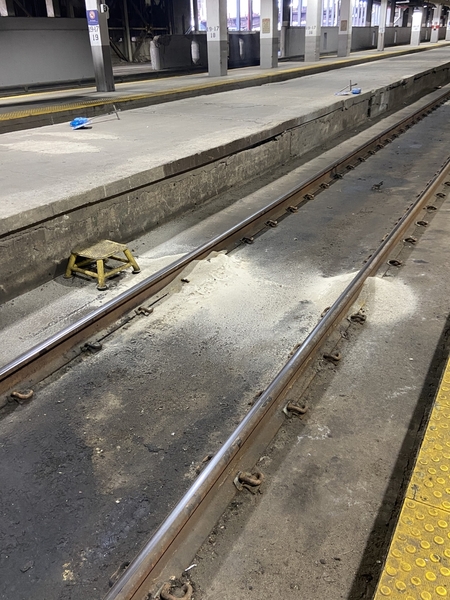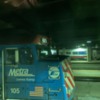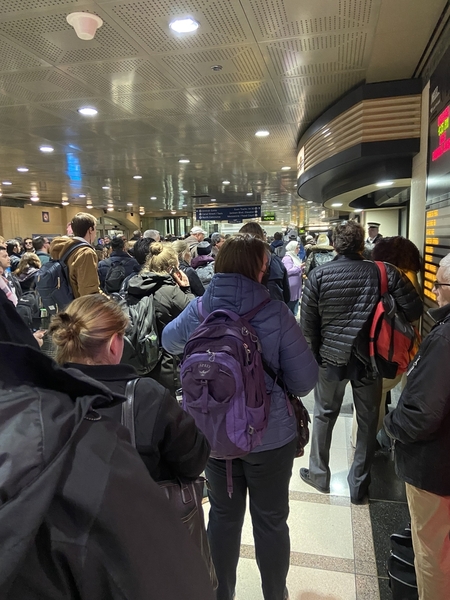A few videos of what’s happening during my commuting adventures.
Replies sorted oldest to newest
Oh no! More vertical videos.
I figured I’d start a thread to post all of my random pics and vids I gather while polishing the rails in and out of the city every day. There is always something interesting to see which helps pass the time.
Feel free to ask requests if you’d like me to capture anything you’d like to see along the line!
Enjoy!
@Hot Water posted:Oh no! More vertical videos.
LOL! Beggars can’t be choosers...
@bigtruckpete posted:LOL! Beggars can’t be choosers...
"Beggars"? I don't understand. Why were you "begging"?
Attachments
Ever wonder how some Railroad employees get from Union Station to their car in the parking lot?
Attachments
Love the photos.
Attachments
Attachments
Please keep them coming
Enjoying the photos. Are those privately-owned cars (the older passenger cars)?
Ah, that triple track ex-Burlington line to Aurora . . . It has passed from Burlington to BN to BNSF, and they still know how to run that piece of railroad. It's fascinating.
Attachments
@Frank Mulligan posted:Enjoying the photos. Are those privately-owned cars (the older passenger cars)?
Yes, they are private. They typically belong to the firms that charter them to be run behind Amtrak trains. If you zoom in on some of my clearer pics you can grab the car name and Google it. I do that so I can see what the inside looks like.
@Scotie posted:Please keep them coming
You got it Scotie!
Nice Chicago Union Station pics! Thanks for posting! ![]()
Attachments
Attachments



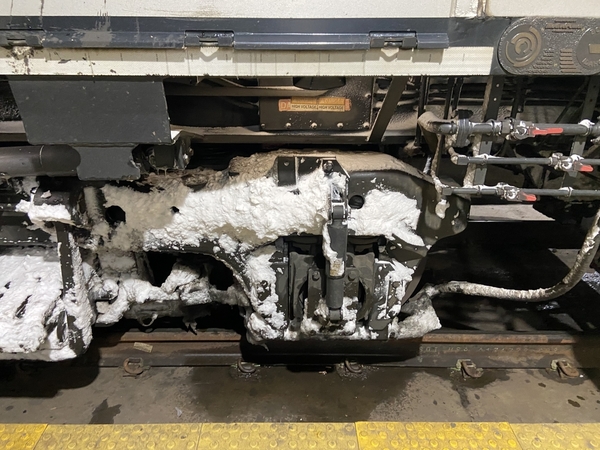

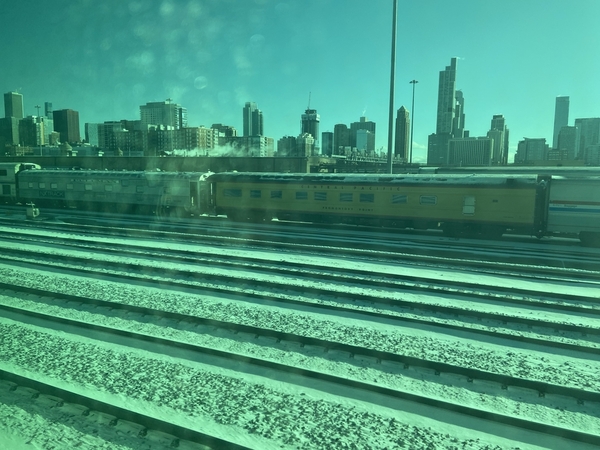


 A slow, snowy and cold Friday in the city. The private car pic didn’t come out too clear as the car I was in had older windows, but the name is Promontory Point. The concrete building is the Chicago and Northwestern Station. You can see the clock all the way to Grant Park on the lake front while on Washington Street.
A slow, snowy and cold Friday in the city. The private car pic didn’t come out too clear as the car I was in had older windows, but the name is Promontory Point. The concrete building is the Chicago and Northwestern Station. You can see the clock all the way to Grant Park on the lake front while on Washington Street.
Attachments
Attachments
These are great! Thanks for braving the cold and posting these! ![]()
Attachments
Take a look at the fuel gauge on the left and zoom in. The F40PH has a 2,500 gallon tank. Imagine picking up the tab to fill it up!
Attachments
2,500 gallons is just a medium-sized fuel tank. Larger locomotives have 5,000 gallon fuel tanks.
Am I correct in assuming that's just one of its tanks?
Enjoyed the photos. Thanks for sharing.
@Byrdie posted:Am I correct in assuming that's just one of its tanks?
No. That is the only fuel tank.
@Rich Melvin posted:2,500 gallons is just a medium-sized fuel tank. Larger locomotives have 5,000 gallon fuel tanks.
I would imagine so. With these just being operated regionally there isn’t a need to carry more. They have the pleasure and convenience of sleeping at home each night!
Second from top you have to zoom in on the left side car and then look at the message scrawled on the lower window!
A fun idea for those that want to model protoytpically is in the last photo where you see two piles of sand inside CUS where the engineer needed a little extra traction for some reason! 😜 I think someone hit the wrong button or got a little excited!!
Attachments
I always enjoy your pics! ![]()
great detail photographs. Thanks for all your work.
Dick
@bigtruckpete posted:
How about a little help? Remember that photos here are low-res (under 1,000 pixels on the long side), no matter how big they are when you post. I can't make out what's there. If you crop in on the original, to maybe just the car on the left, and post, might be able to read what's on the window.
David
@NKP Muncie posted:How about a little help? Remember that photos here are low-res (under 1,000 pixels on the long side), no matter how big they are when you post. I can't make out what's there. If you crop in on the original, to maybe just the car on the left, and post, might be able to read what's on the window.
David
”Choo Choo” The cars were very dusty and people had written on the windows kinda like a “clean me” tag kids do to their parent's cars. I already deleted the pic from my phone so I can’t repost with a zoomed in shot.
@bigtruckpete posted:”Choo Choo” The cars were very dusty and people had written on the windows kinda like a “clean me” tag kids do to their parent's cars. I already deleted the pic from my phone so I can’t repost with a zoomed in shot.
Ah, thanks - I sorta thought the first letter was a "C." If I'd had to guess, would have gone with "Clean me."
David
Did someone actually clean the skylights over the platforms? When I used to commute to Chicago I remember them being a lot more dirty and dingy.
@bigtruckpete posted:A fun idea for those that want to model protoytpically is in the last photo where you see two piles of sand inside CUS where the engineer needed a little extra traction for some reason! 😜 I think someone hit the wrong button or got a little excited!!
This is not an uncommon sight in locomotive servicing areas and in terminating passenger station tracks. I will try to explain it in a way that satisfies the curiosity without being so technical that it causes the reader to give up.
What happened is that an Emergency air brake application occurred, causing the PC Switch* on the locomotive to open, thus activating the relay which operates the sanders, and then continues depositing sand until someone has gone up into the locomotive cab or the control car cab, depending on which end is the controlling end of the train, and has physically moved the automatic brake valve to Emergency position, waited the prescribed period, and then moved the brake valve to Release position**. That will reset the PC Switch and stop the sanders. After recovering brake pipe pressure, that employee would be required to make a 15 psi brake pipe reduction to apply the train and engine brakes if the passenger equipment was to be left standing.
So, why did the brakes go to emergency? It could have been intentional or in reaction to another condition. Possible causes include:
- Switchmen separating the train and leaving the angle cock open on the cars (and locomotive) which were cut away from.
- PTC problems putting the brakes into emergency.
- Switchmen adding cars to the train and not opening the angle cock slowly enough.
- Engineer changing ends on the train and neglecting to cut out the brake valves on the end being abandoned before cutting in the brake valves on the new controlling end.
- Actual emergency brake application by the Engineer, possibly to avoid striking a person or other equipment, or because something else happened ahead of the train.
Regardless of what caused the Emergency brake application, the primary cause of the accumulated sand pile is failure of the responsible employee to promptly go into the cab and reset the PC switch by manipulating the automatic brake valve as described above. Since nothing is known about the actual circumstance of these particular sand deposits, we will charitably refrain from using the word "lazy", though suspicions remain.
* PC Switch (Pneumatic Control Switch): a relay device which senses rapid depletion of brake pipe pressure, and, when that condition occurs, kills traction power, deposits sand on the rail, and reduces the engine RPM to Idle. There are some variations that can be specified by individual railroads, but the three I mentioned are the standard ones.
** . . . or to Handle Off position if the intention is to allow the brake pipe to remain depleted at zero PSI.
@third rail posted:Did someone actually clean the skylights over the platforms? When I used to commute to Chicago I remember them being a lot more dirty and dingy.
The person that cleaned them is Mother Nature. Every time it rains they are “cleaned”. It’s still a real grungy place.











